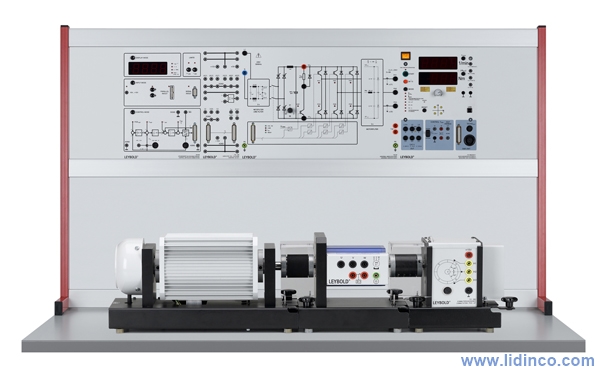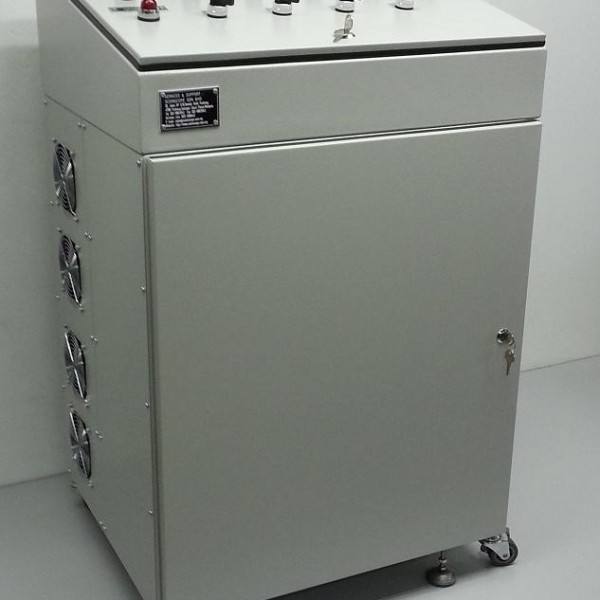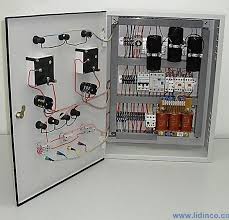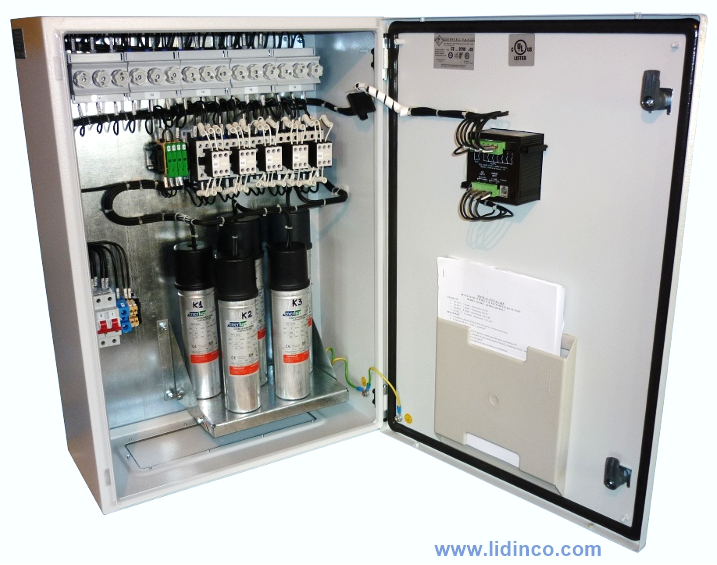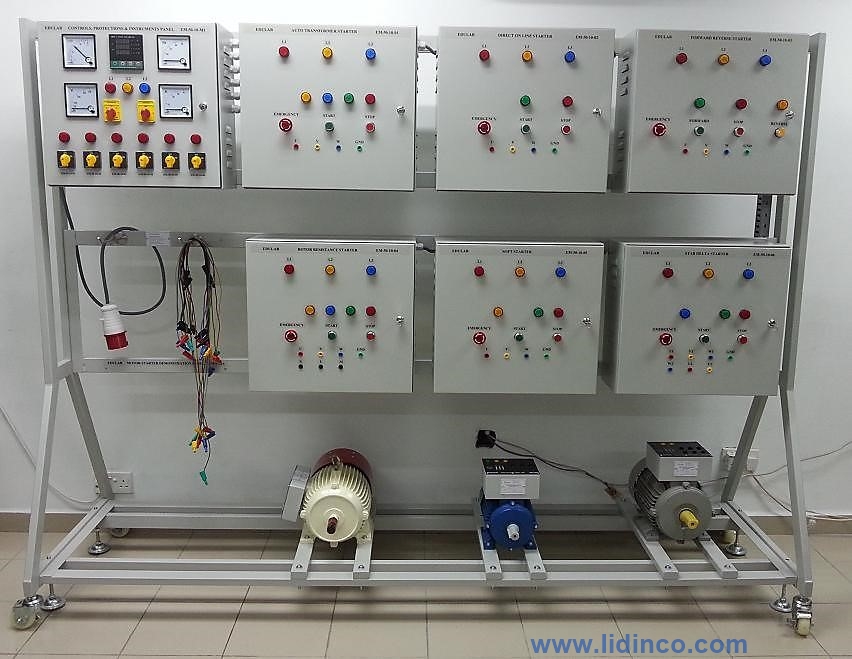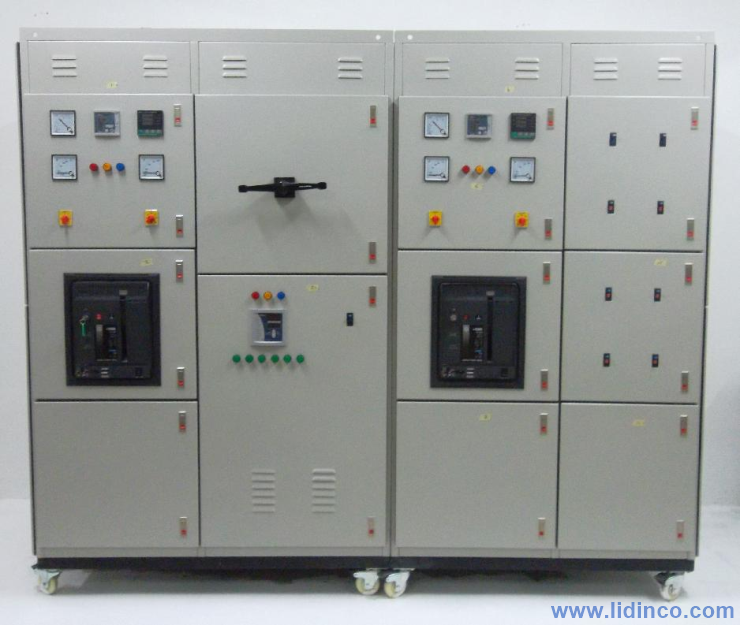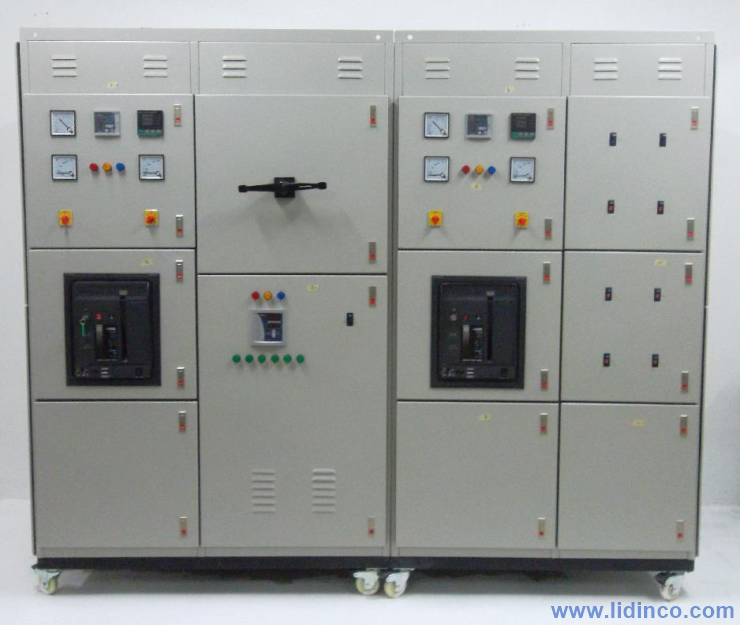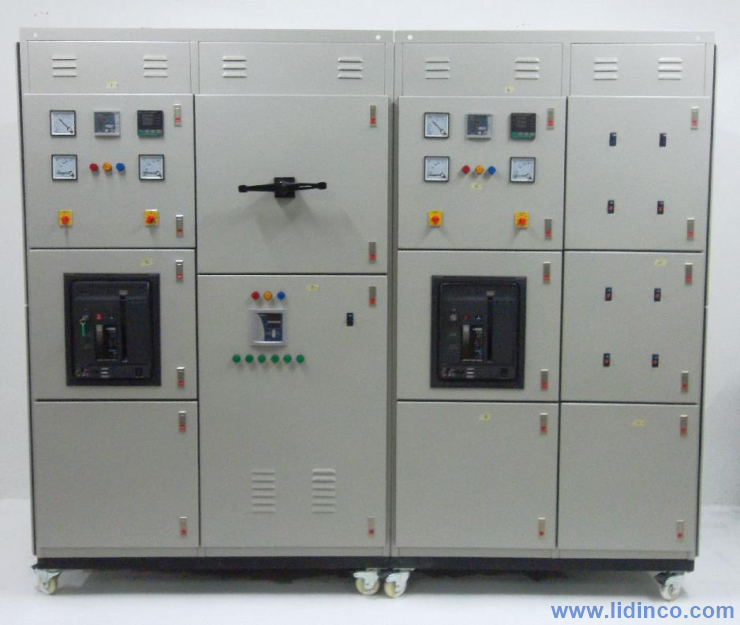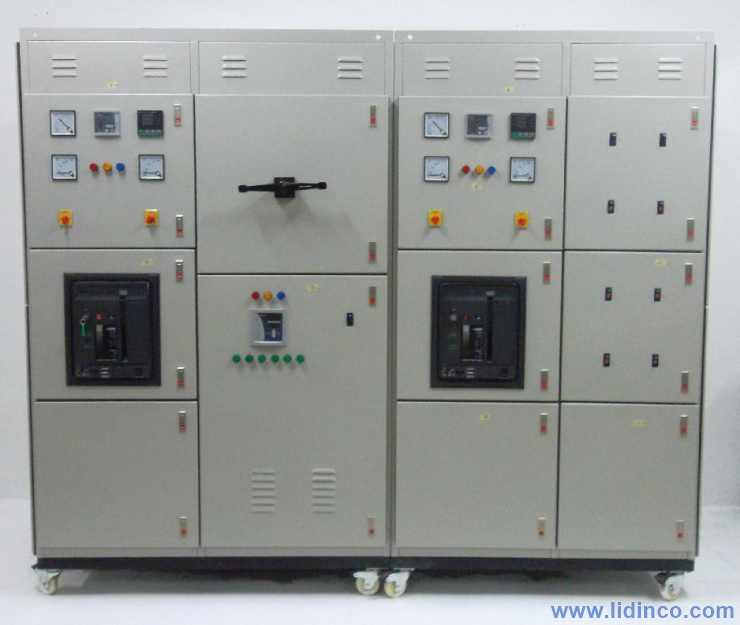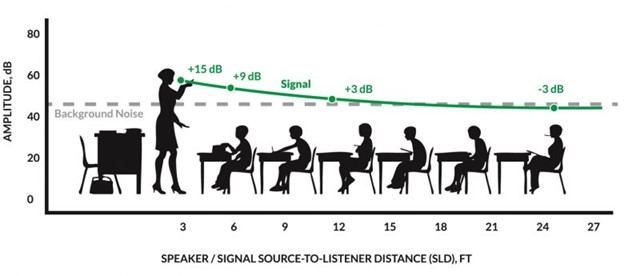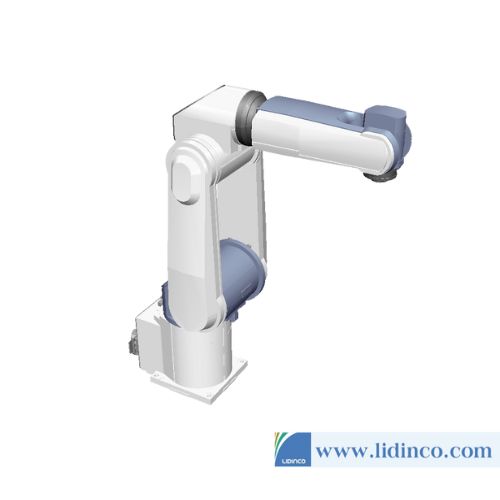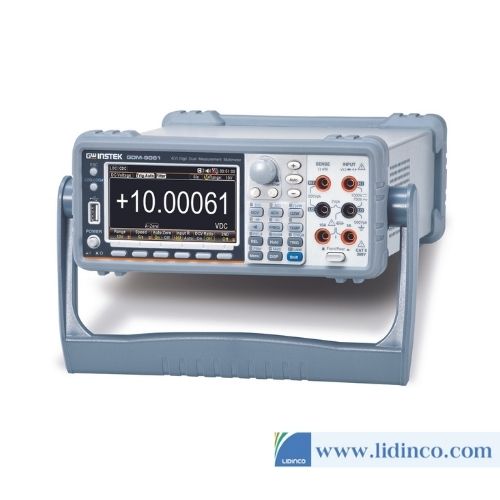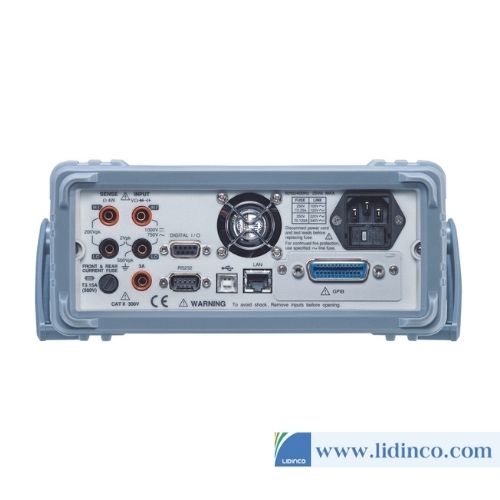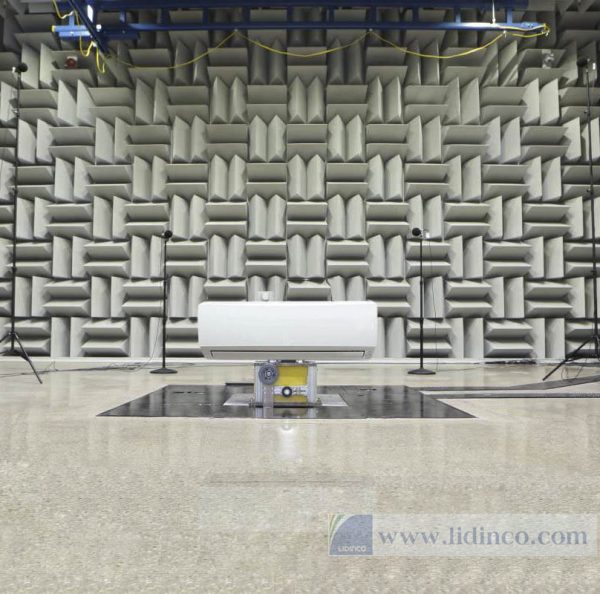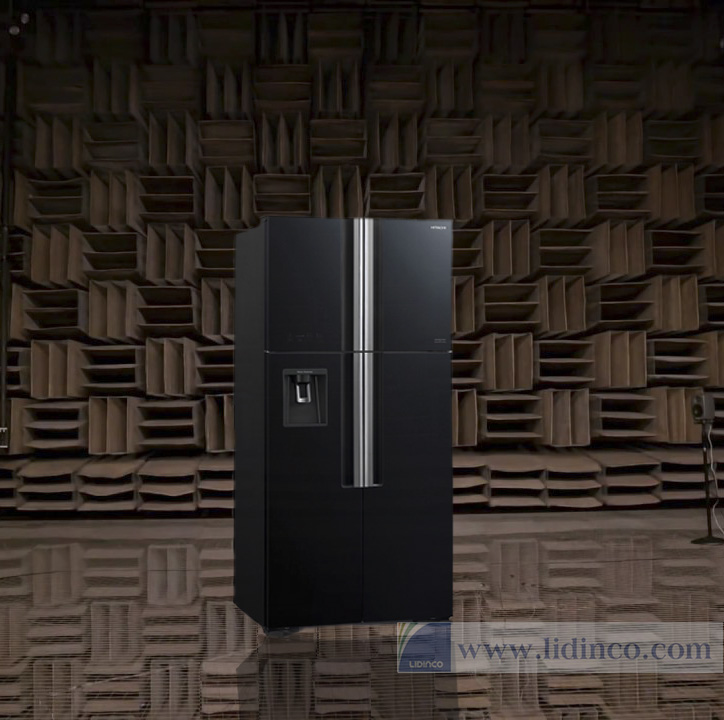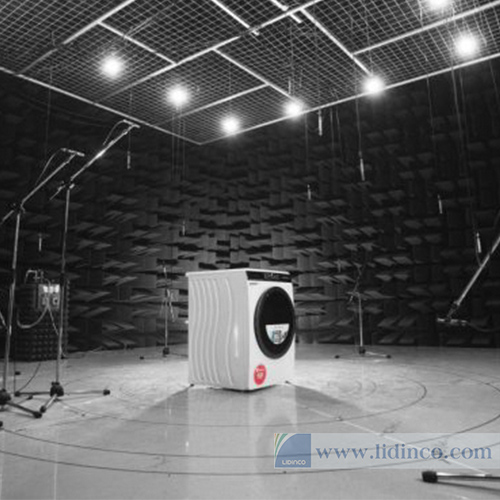Servo AC
Hotline: +84 906 988 447
Head Office: Ho Chi Minh City
- Tel: +84 2839 778 269 / 3601 6797
- Email: sales@lidinco.com
- Add: 487 Cong Hoa Street, Tan Binh Ward, Ho Chi Minh City, Vietnam
Office: Bac Ninh City
- Tel: +84 222 730 0180
- Email: bn@lidinco.com
- Add: 184 Binh Than Street, Vo Cuong Ward, Bac Ninh, Vietnam
-
 Technical Counseling
100% Free
Technical Counseling
100% Free
-
 Free Shipping
For 3.000.000vnd Order
Free Shipping
For 3.000.000vnd Order
Data is being updated
Description
Power electronics, control equipment, etc. are set up in training panel frames. The servo machine used here is a dynamic industrial machine with a particularly small moment of inertia. The load characteristics can be recorded using the Machine test system 0.3. Power is supplied to the machine under test via a frequency converter especially designed for educational purposes which obtains its power from the mains (mains voltage, 230 V).
Objectives
- Protective measures and electrical safety
- Set-up of power generating systems according to circuit diagrams
- Putting electrical drives into operation
- Recording of load characteristics with various operating parameters
- Achieving skills in measuring electrical machines
- Automatic speed control for an AC servo machine
An AC servo consists of a permanently excited synchronous rotor, a frequency converter with a variable voltage link circuit and digital closed-loop control. A sensor detects the angular position of the motor shaft and uses the information to control the converter. This equipment set investigates AC servos with block commutation.
Students work in the power engineering lab with mains voltage. Experiments procedures are contained in a printed manual.
The experiments are designed for intermediate and advanced levels.
Advanced experiments can be found in the equipment set E2.6.2.3 Closed-loop position and servo control.
Topics
- Coupling of motor and commutation sensor
- Steady-state response
- Load characteristics
- Measurement of motor current
- Variation of duty cycle
- Variation variable voltage link
- Variation of commutation angle
- Dynamic response
- Structure of the controlled system
- Stress cycle with servo position control
Accessories

-
Current Range:
-
Voltage Range:
-
Display Resolution:
-
Accuracy:
Dual Measurement Multimeter GW Instek GDM-9060
Please login to write review!

